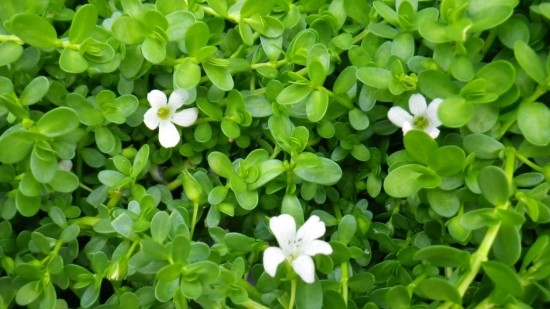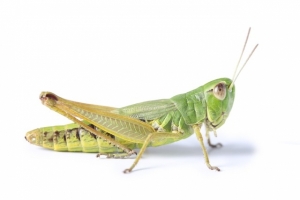General Information
The botanical name of Brahmi is Bacopa monnieri and belongs to family Scrophulariaceae. It is mainly found in warmer and humid conditions. Whole herb i.e. seeds, roots, leaves, rhizomes etc. are used for preparing various drugs. Drugs prepared from Brahmi is used as anticancer and used to cure anemia, asthma, diuretic, tumours and epilepsy. It is also used as an antidote for snake bite. It is a creeping annual herb with average height of 2-3 feet with branched roots at the nodes. Flowers are of whitish or pale blue in color with small and oval shaped fruit. Seeds are 0.2-0.3mm in size with dark brown in color. North and South America, Europe, Australia, southern India, Asia and Africa are major countries growing Brahmi.





















